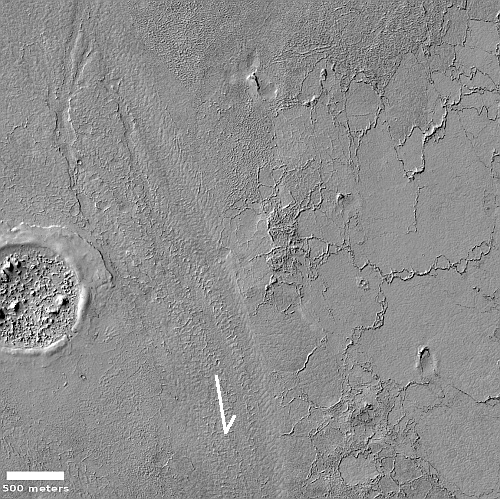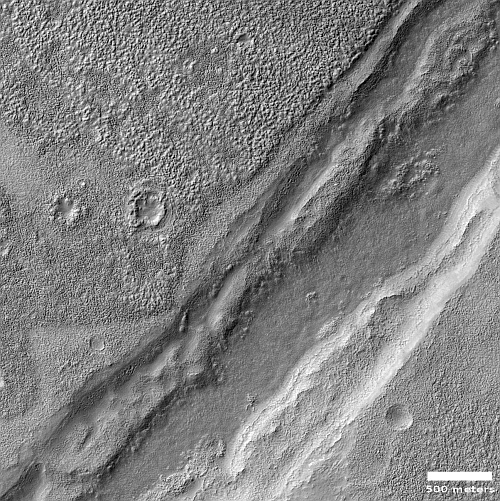June 13, 2023 Quick space links
Courtesy of BtB’s stringer Jay.
- Some cumulative statistics for SpaceX’s various smallsat Transporter and rideshare launches
The total launches is 17, which have put up 676 satellites in total. To get a sense of the increasing pace of SpaceX launches, see this animation.
- ULA CEO Tori Bruno claims the root cause of the Centaur test explosion has finally been identified
He says in a followup tweet that “the super thin, high performance steel skin needs to be a little thicker near the top of the dome.” They plan to retest, which I suspect is going to impact the first Vulcan launch date.
- China breaks ground on third launchpad at its Wenchang coastal spaceport for its pseudo-companies
This pad is aimed at servicing “small solid rockets”, essentially former missiles that China has allowed its pseudo-companies to adapt for satellite launches.
Courtesy of BtB’s stringer Jay.
- Some cumulative statistics for SpaceX’s various smallsat Transporter and rideshare launches
The total launches is 17, which have put up 676 satellites in total. To get a sense of the increasing pace of SpaceX launches, see this animation.
- ULA CEO Tori Bruno claims the root cause of the Centaur test explosion has finally been identified
He says in a followup tweet that “the super thin, high performance steel skin needs to be a little thicker near the top of the dome.” They plan to retest, which I suspect is going to impact the first Vulcan launch date.
- China breaks ground on third launchpad at its Wenchang coastal spaceport for its pseudo-companies
This pad is aimed at servicing “small solid rockets”, essentially former missiles that China has allowed its pseudo-companies to adapt for satellite launches.










